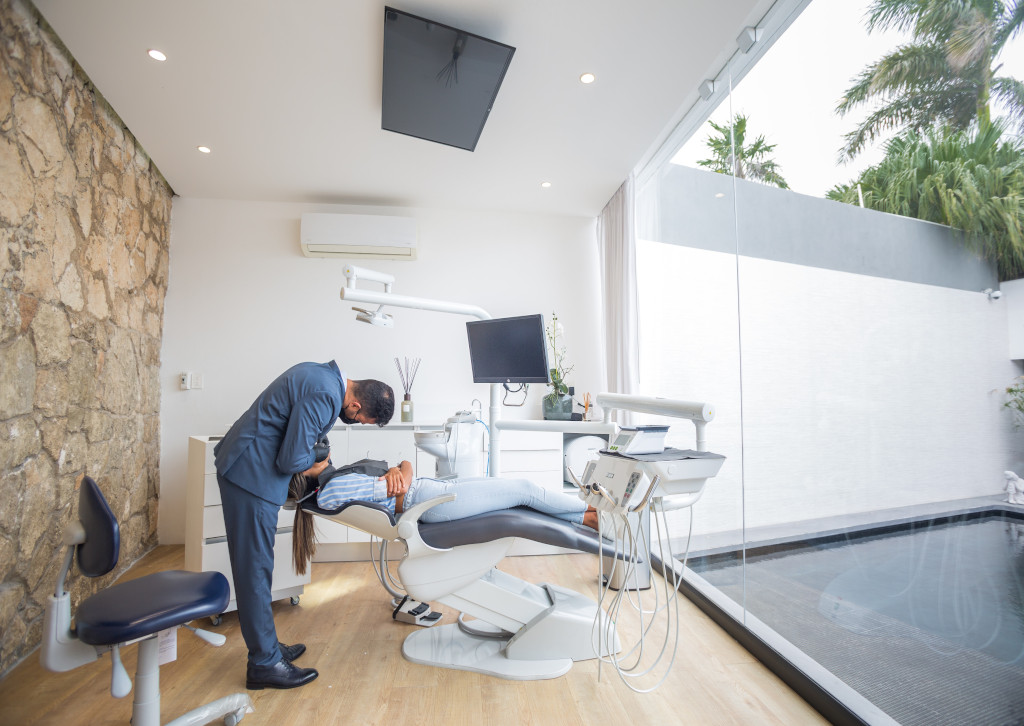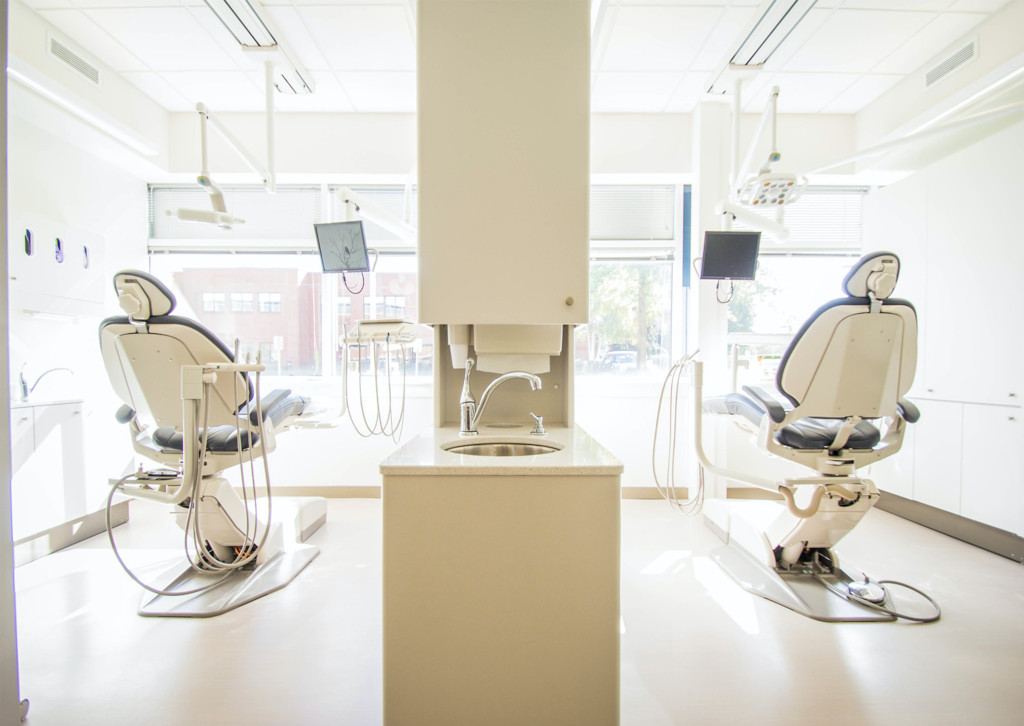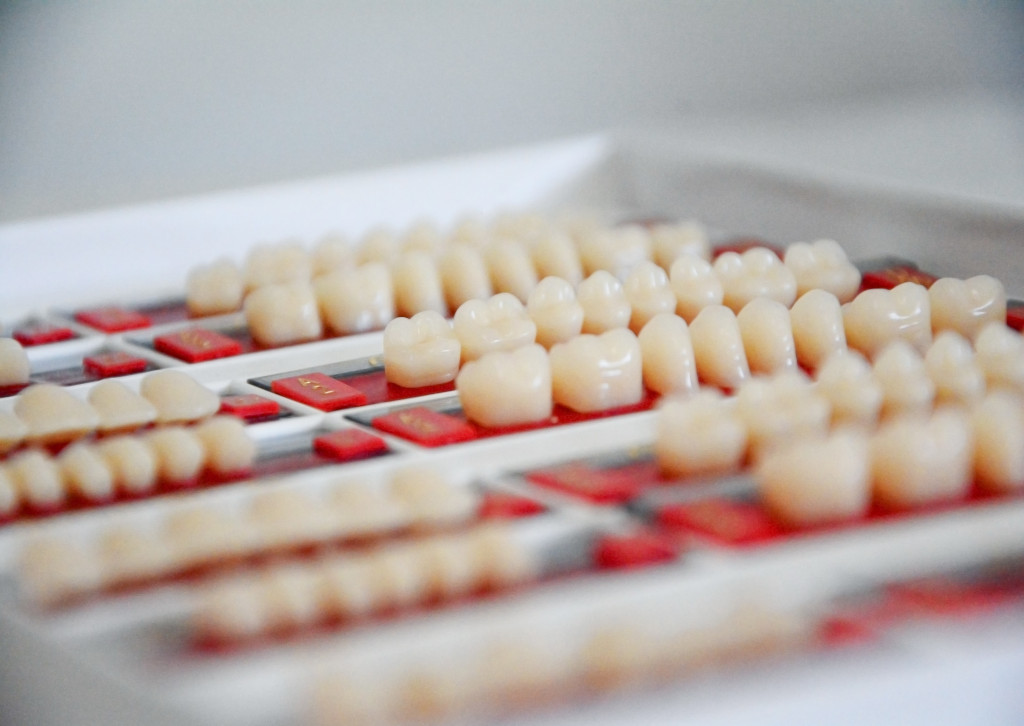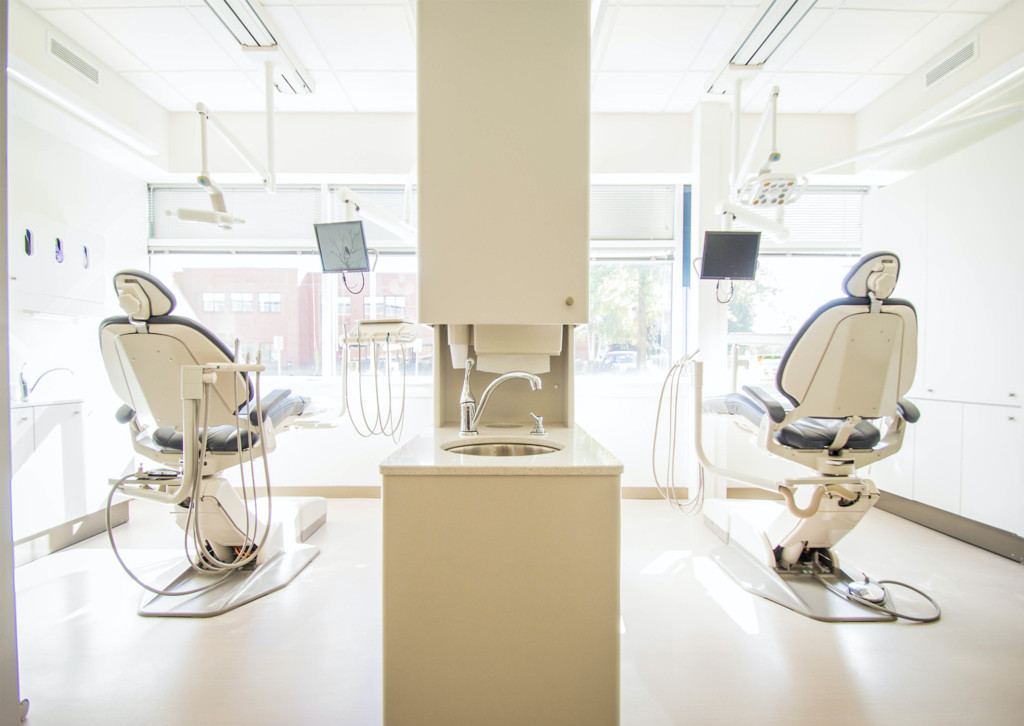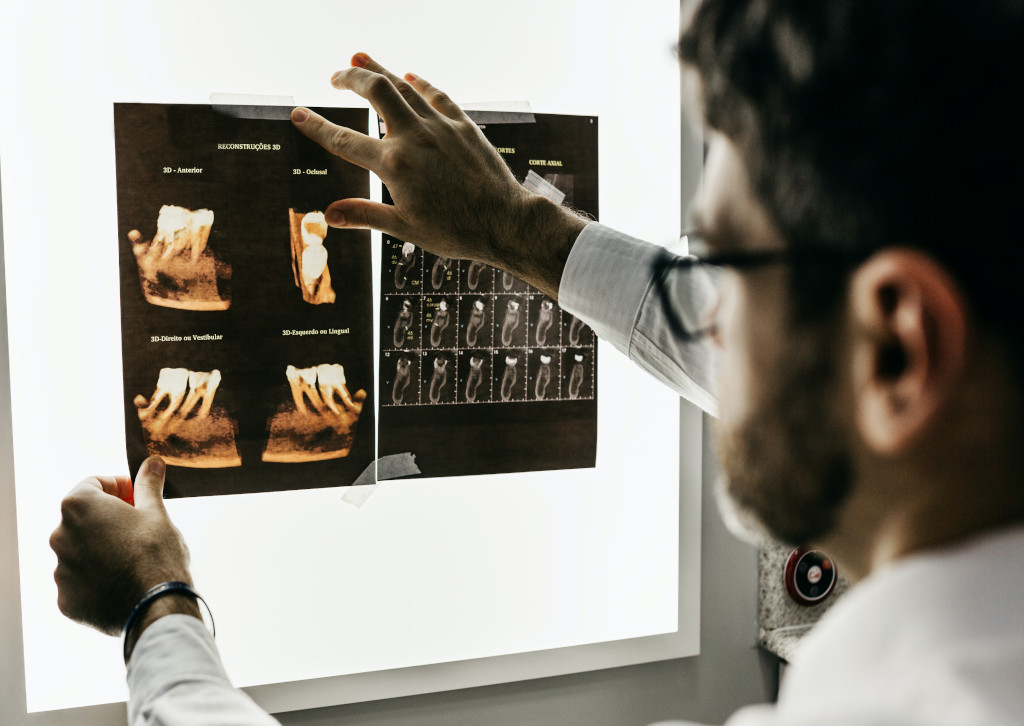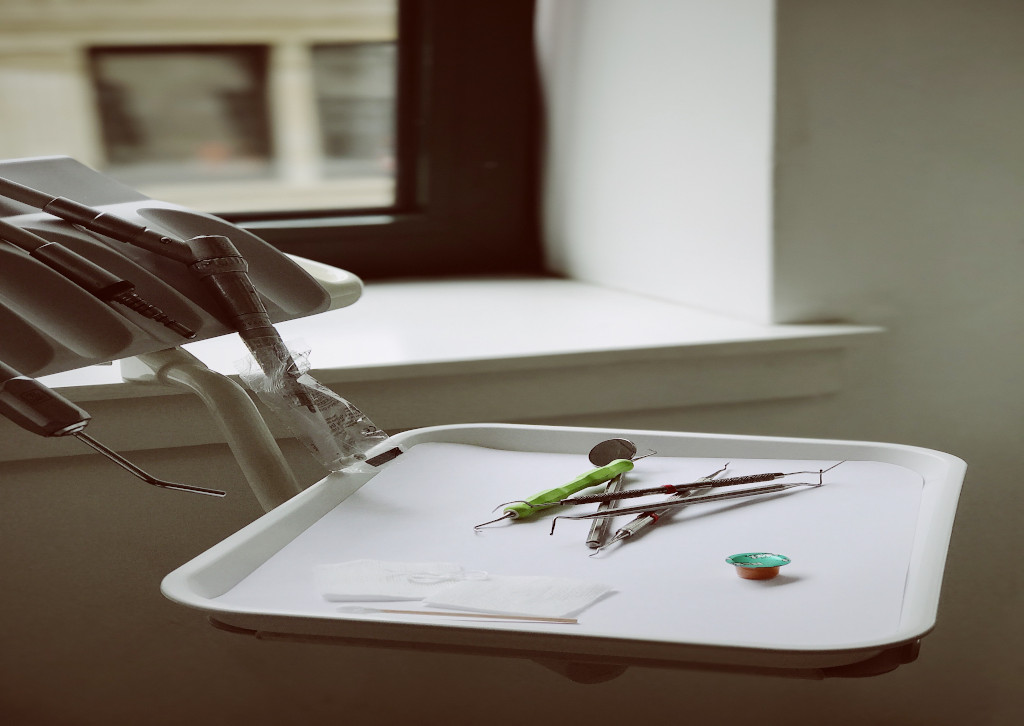Editor’s note: This is the seventh article in a series exploring the business aspects of the dental profession, from starting a practice and marketing to hiring staff and finances.
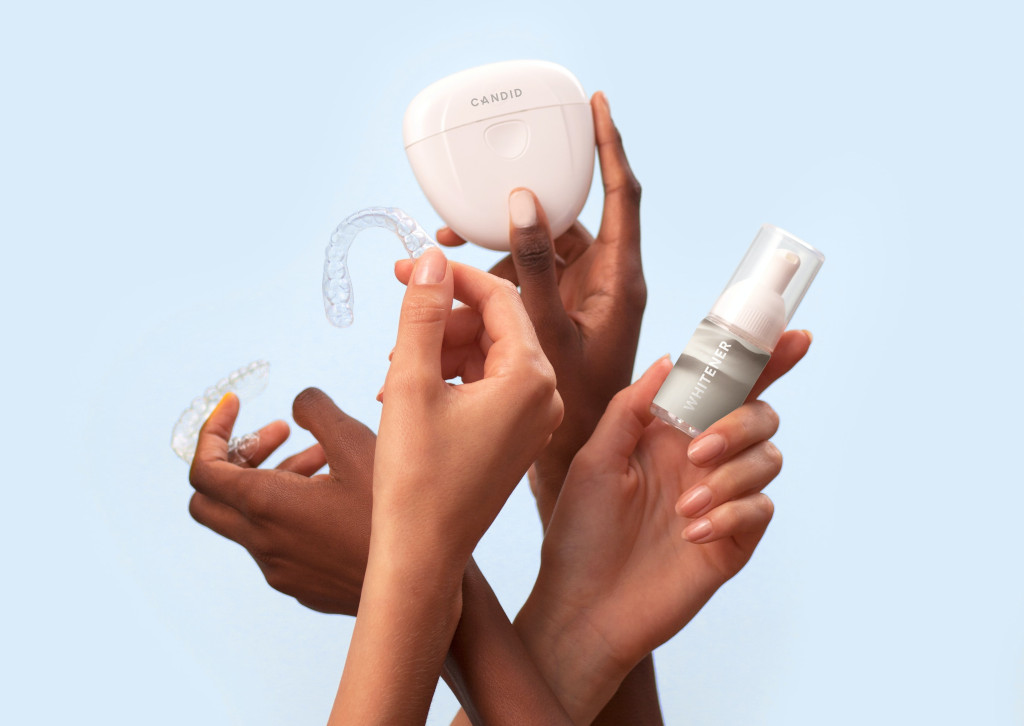
Dr. Deshpande
If you live in city like Seattle, you’ve already heard of how difficult it can be to find good team members. I’ve heard these statements repeated so often in our Society meetings, I’ve lost count: “We have a shortage of hygienists here,” “Finding and training a great dental assistant is so hard, this is why our turn-over is so high,” “So and so’s front office manager recently embezzled from them.”
Horror stories are everywhere. As an entrepreneur, it is important to separate fact from fiction and to not get discouraged by the trials and tribulations of running a small business. When you signed up to have your practice one day, you also signed up to spending half your life sharpening your business acumen!
Here are some tips for hiring that might help you stand out as a worthy employer in your market:
The interviewing stage:
Think of interviewing someone as giving them the privilege of being with your family for 8 hours a day, 4 days a week, for the rest of their life. Make it difficult yet rewarding for the new employee. Think acutely about your brand, create in your mind what would be the ideal employee in your practice, and then consider where this person might be located so you can go find them!Look for employees everywhere (not just the Facebook dental community, or on Indeed), particularly the hospitality sector where employees have amazing customer service skills. Well-known restaurateur Danny Meyer describes the “51 percent rule” in his book, Setting the Table — a must read for new practice owners. “When evaluating potential hires, 51 percent of the weighting is given to emotional intelligence, and 49 percent to technical skills. There’s extra percentage points given to the emotional side that can’t be taught.”For every candidate you invite for an in-person interview, complete a thorough background check, look at the candidate’s social media, and call up two of their references. Have them meet the team. Does your team approve of them?Consider also creating a network in your local community, and volunteer in dental assisting and hygiene schools so you can meet new grads quickly!
The on-boarding stage:
Create a robust employee manual that details job responsibilities. Record and create short videos and upload them on a website like Kajabi, so processes can be explained to a newcomer with ease. Your training will soon be online and convenient for everyone to access.Set up days where you would check in with a new employee at 3 days, 3 weeks, 3 months. During these audit sessions, check their clinical progress and give them an opportunity to ask you questions.
We discuss all this and more in our bi-weekly meetings at the New Dentist Business Club, a Seattle-based nonprofit. To join, email us at [email protected]
Dr. Sampada Deshpande is a general dentist based in San Francisco. A foreign trained dentist from India, Sampada earned her DDS from the University of Washington in 2018 and is a 2020-2021 UW-LEND fellow. Outside of clinical dentistry, she enjoys teaching at the New Dentist Business Club and improving access to technology in healthcare via her involvement in Samsotech. You can reach her directly at @dr.deshpande on Instagram or visit her website www.sampadadeshpandedds.com for more information.
Editor’s note: We know that finding the right practice can be overwhelming and time consuming. That’s why the ADA created ADA Practice Transitions (ADAPT), a service that matches you with practices that fit your practice approach and lifestyle. We provide customized resources to ensure you feel confident in your decisions and an ADA Advisor supports you during each step of the journey. Learn more at ADAPracticeTransitions.com.

